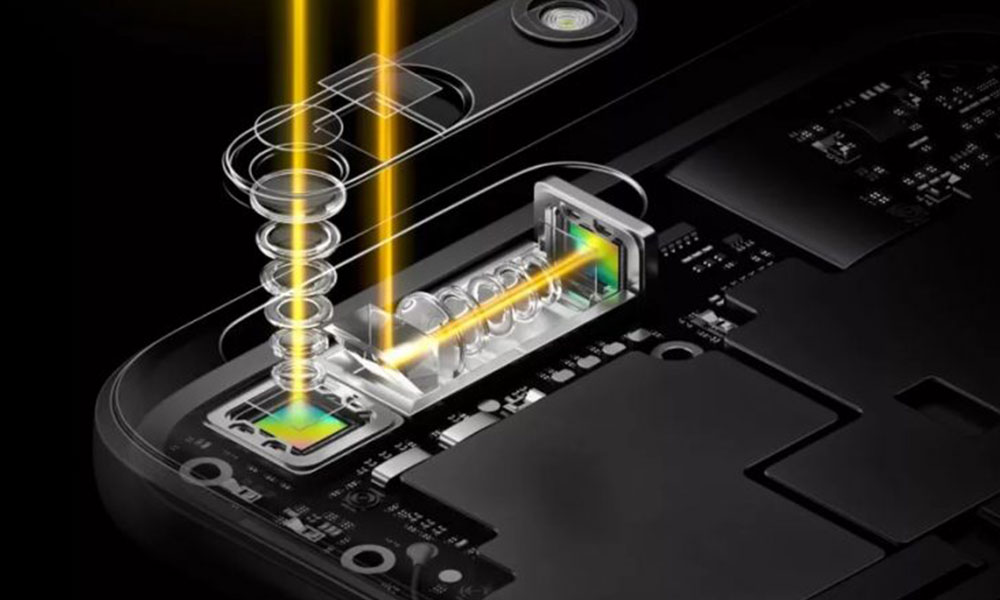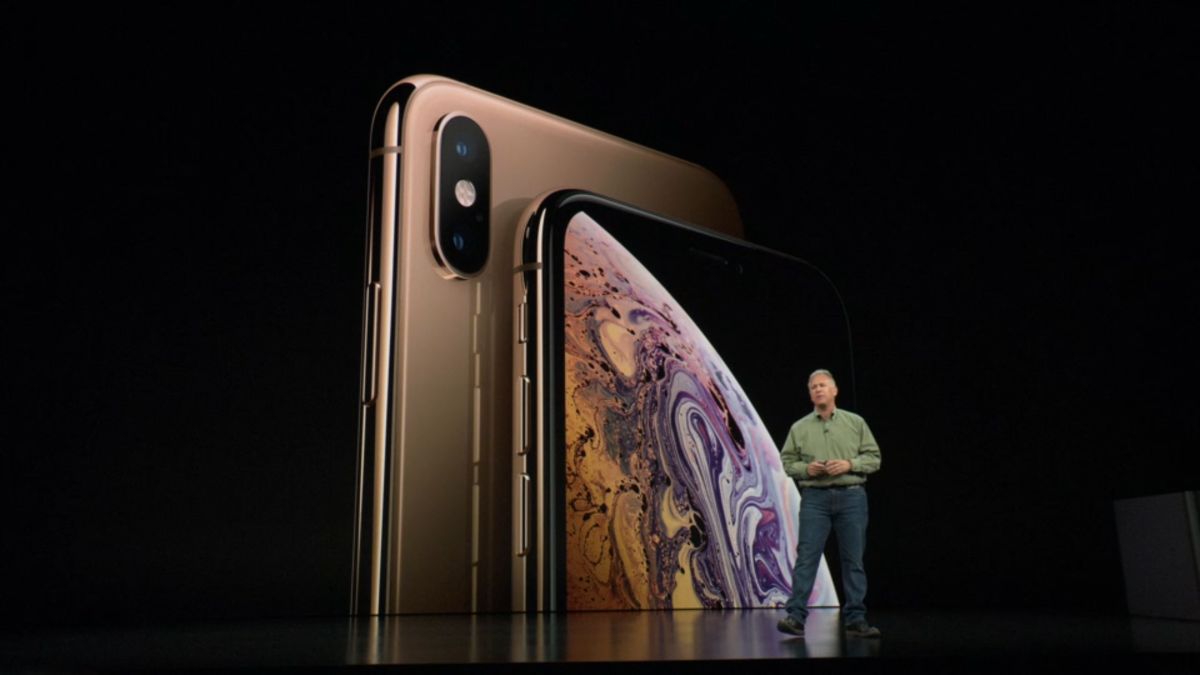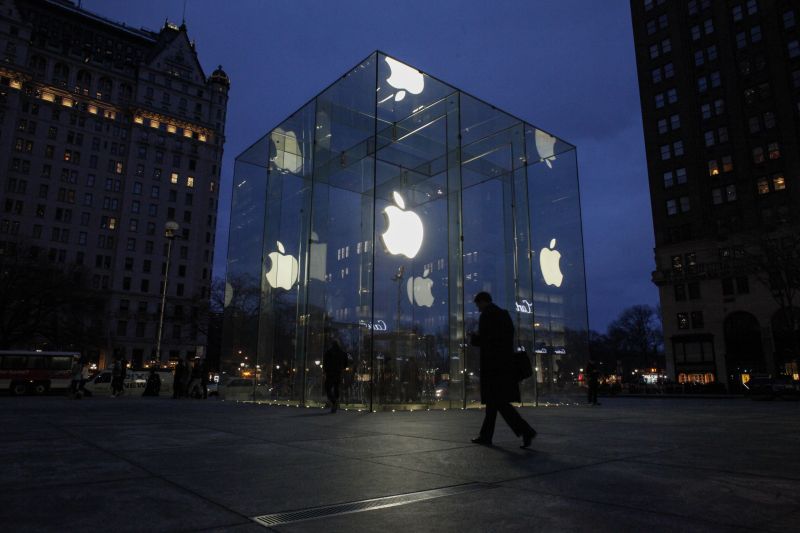The lawsuit was filed with the US District Court in the state of California. In it, Corephotonics alleges that the fruit company had infringed on ten separate patents pertaining to the deployment of dual-camera systems used in handheld devices. In this case, these devices include the iPhone 7 Plus, iPhone 8 Plus, iPhone X, iPhone Xs, and iPhone Xs Max. Specifics within the lawsuit also cover the technology behind the deployment of the dual-camera module, such as the dynamic switching between lenses to the way it conducts zoom operations using two sensors. Further, the lawsuit also contains details regarding miniature lens arrays that Apple also allegedly stole.
The debacle between Apple and Corephotonics apparently began back in 2012, when the latter had just set up shop with the goal of “developing next-generation smartphone camera technology”. In that same year, one of the company’s founding member reached out to the Graham Townsend, the Senior Director of Camera Hardware for Apple at the time, to try and form a partnership. The meeting seemed productive and fruitful, with both sides sending their engineers over to each other’s R&D centres for the next two years. At some point, Corephotonics had reportedly provided Apple with samples of its prototype telephoto lens module, even after the latter had been caught trying to “secretly procure” it.
Then, in 2014, the walls came crashing down on Corephotonics. In July of that year, the two companies decided to meet up and discuss a potential business agreement. Unfortunately, after much back and forth, negotiations came to a standstill in August 2014, though technical discussions between their engineers still continued. Talks didn’t pick back up until 2016, when Corephotonics initiated a discussion with Apple, laced with the possibility of collaborating on future projects. Apple expressed interest in formalising a business arrangement in August that year. But in September 2016, it launched the iPhone 7 Plus with its main dual-camera setup, much to the chagrin of Corephotonics. Needless to say, it filed a lawsuit against Apple that year, followed by a second lawsuit that targeted the iPhone X in 2018. Corephotonic’s recent lawsuit implies Apple was “well aware” of the Israeli firm’s patents and technology associated with it, even when it attempted to file its own patents covering similar designed and solutions. For now, the camera technology firm is seeking damages and a permanent injunction against further sales of Apple iPhones housing its dual-camera technology. It is also seeking court fees in its current case. Ironically, this isn’t the first time that a deal has fallen through for Corephotonics. Back in January this year, it was reported that Corephotonics was being bought out by Korean tech giant, Samsung, to the tune of between US$150 million (~RM628 million) and US$160 million (~RM670 million). Unfortunately, that deal didn’t happen, and both companies kept mum about the situation. (Source: Scribd, AppleInsider)


